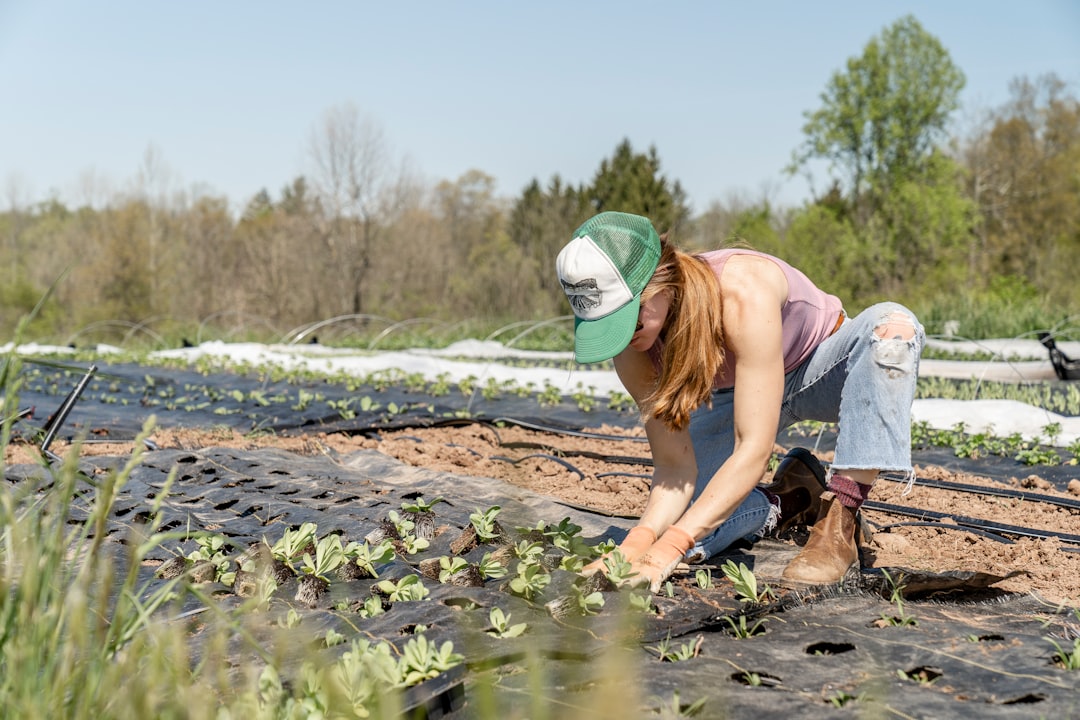Growing herbs is an enjoyable and rewarding experience, but to ensure a bountiful harvest, proper spacing, planting depth, and companion planting are essential. Planting herbs too closely can stunt their growth, while improper depth can lead to weak or unhealthy plants. Additionally, pairing the right herbs together can enhance flavors and improve overall plant health.
In this guide, we’ll cover how to properly space and plant herbs while exploring companion planting strategies to create a thriving herb garden.
1. Proper Spacing for Herbs
Herbs come in different sizes and growth habits—some spread wide, while others grow tall and bushy. Proper spacing ensures good air circulation, reduces disease risk, and allows plants to thrive.
Recommended Spacing for Common Herbs
Herb Spacing (inches apart) Growth Habit Basil 12–18 inches Bushy, medium height Cilantro 6–8 inches Upright, small leaves Dill 12–18 inches Tall, feathery foliage Parsley 8–12 inches Compact, leafy Chives 6–8 inches Clumping, upright Mint 18–24 inches Spreading, invasive Oregano 10–12 inches Low-growing, spreading Rosemary 18–24 inches Woody, bushy Sage 18–24 inches Medium-sized, shrubby Thyme 8–12 inches Low-growing, spreading🌱 Spacing Tips:
✅ Leave enough room for each herb to grow to its full size.
✅ Group herbs by height, placing shorter herbs in front and taller ones in the back.
✅ Consider container gardening for herbs like mint, which can spread aggressively.
2. Planting Depth: Setting Herbs Up for Success
Planting depth is just as important as spacing. If herbs are planted too deep, they may struggle to establish roots, while shallow planting can cause weak anchoring.
How Deep to Plant Herb Seeds vs. Transplants
-
Small Seeds (Basil, Thyme, Oregano, Cilantro) – Cover with ¼ inch of soil.
-
Larger Seeds (Dill, Parsley, Chives) – Cover with ½ inch of soil.
-
Transplants (Rosemary, Sage, Mint) – Plant at the same depth as they were in their nursery pots.
-
Root-Bound Transplants – Gently loosen roots before planting to encourage spreading.
🌱 Planting Depth Tips:
✅ Press soil gently over seeds—don’t bury them too deeply.
✅ Water lightly after planting to avoid washing away small seeds.
✅ Use labels or markers to remember where slow-germinating herbs (like parsley) are planted.
3. Companion Planting for Better Flavor and Growth
Companion planting means growing certain herbs together to enhance flavors, repel pests, or improve growth. Some herbs release compounds that can improve the taste of their neighbors, while others deter insects and diseases.
Best Herb Companion Pairings
🌿 Basil + Oregano + Chives – These Mediterranean herbs thrive together and enhance each other’s flavors.
🌿 Rosemary + Sage + Thyme – All prefer dry conditions and grow well in the same space.
🌿 Dill + Basil + Cilantro – Dill attracts beneficial insects, while basil and cilantro improve nearby plants’ growth.
🌿 Parsley + Chives + Marjoram – A great mix for flavor and disease resistance.
Herbs That Shouldn’t Be Planted Together
🚫 Mint + Any Other Herb – Mint spreads aggressively and can choke out other herbs. Best grown in its own container.
🚫 Fennel + Other Herbs – Fennel releases chemicals that can stunt nearby plant growth.
🚫 Basil + Sage – Basil prefers moist soil, while sage thrives in drier conditions.
🌱 Companion Planting Tips:
✅ Group herbs with similar water and sunlight needs to simplify care.
✅ Interplant pest-repelling herbs like basil and chives with vegetables for added benefits.
✅ Use containers for invasive herbs like mint to prevent them from overtaking the garden.
4. Additional Planting Tips for Success
🌞 Sunlight Matters – Most herbs need 6–8 hours of direct sun per day for the best growth.
💦 Water Wisely – Herbs prefer well-draining soil; water when the top inch of soil feels dry.
✂ Harvest Regularly – Trimming herbs encourages fresh growth and prevents legginess.
🌾 Mulch to Retain Moisture – A light layer of straw or bark mulch keeps soil moisture balanced.
Conclusion: Plant with Purpose for a Thriving Herb Garden
By following the right spacing, planting depth, and companion planting techniques, you’ll create a healthier, more flavorful herb garden. Whether you’re planting in the ground, raised beds, or containers, planning ahead ensures your herbs grow strong, resist pests, and taste amazing!

Comments
No comments yet. Be the first to comment!
You must be logged in to comment. Login